In the late 1800s, Smithsonian ornithologist Robert Ridgway sat at his desk, surrounded by watercolors, papers, pens, crayons, and dead birds, carefully preparing the illustrations that would make it into the seminal multivolume History of North American Birds: Land Birds and its companion The Water Birds of North America: Memoirs of the Museum of Comparative Zoology at Harvard College

You see, recently, I had the privilege of conserving a set of these beautiful and richly drawn bird illustrations in preparation for a rapid capture digitization project. This meant carefully mending tears and flattening folded corners so that the illustrations could be safely handled and photographed. But about half way through the treatments, I came across something unusual: a mysterious shadow covering some of the birds. Whatever, I wondered, could have happened to these particular illustrations? And stranger still, while some shadows were composed of sharp and defined lines, other shadows were more relaxed and loose, creating soft, abstract shapes over top of the birds.
Thinking it might be discoloration from mercury, we set about testing the darkened shadowy areas with X-ray diffraction technology at the Smithsonian’s Museum Conservation Institute (MCI) “open lab day”, but alas, this revealed nothing. Aside from slightly elevated levels of Ca (calcium) and Fe (iron) on the image, there appeared to be no discernible elemental difference between the background and the dark area of interest. Confusing us further, the darkened areas did not come off with mechanical cleaning, nor have they rubbed off on the papers lying over top of them for decades.
Perhaps you can help us figure out what happened to them. To assist you, here are a few background details and a slideshow of some of the shadowy illustrations. Ridgway’s illustrations were often re-engraved, electroplated, and hand colored, as detailed in Daniel Lewis’s wonderful biography of Ridgway The Feathery Tribe: Robert Ridgway and the Modern Study of Birds. While Ridgway drew birds on various types and sizes of paper, the “shadows” only appear on birds illustrated on lined notecards, some of which have the shadows only on the back. In the late 1800s and early 1900s, Ridgway was also experimenting with color fastness and dye stability, testing the fading of hundreds of different types of pigments in order to standardize the color nomenclature of birds and produce a color dictionary. Do these markings have anything to do with his experimenting with color stability?
Or perhaps it occurred during the printing process? Ridgway’s son was an amateur photographer and often assisted his father. Did he experiment on these illustrations? Maybe these particular illustrations were discarded copies that Ridgway used as scrap paper . . . but what are the shadows? Any ideas are welcome!
Related Resources
- Meet Robert Ridgway - Ornithologist and Artist, The Bigger Picture blog, Smithsonian Institution Archives
- Rapidly Capturing Ridgway, The Bigger Picture blog, Smithsonian Institution Archives
Related Collections
- Record Unit 7167 - Robert Ridgway Papers, circa 1850s-1919, Smithsonian Institution Archives
Produced by the Smithsonian Institution Archives. For copyright questions, please see the Terms of Use.

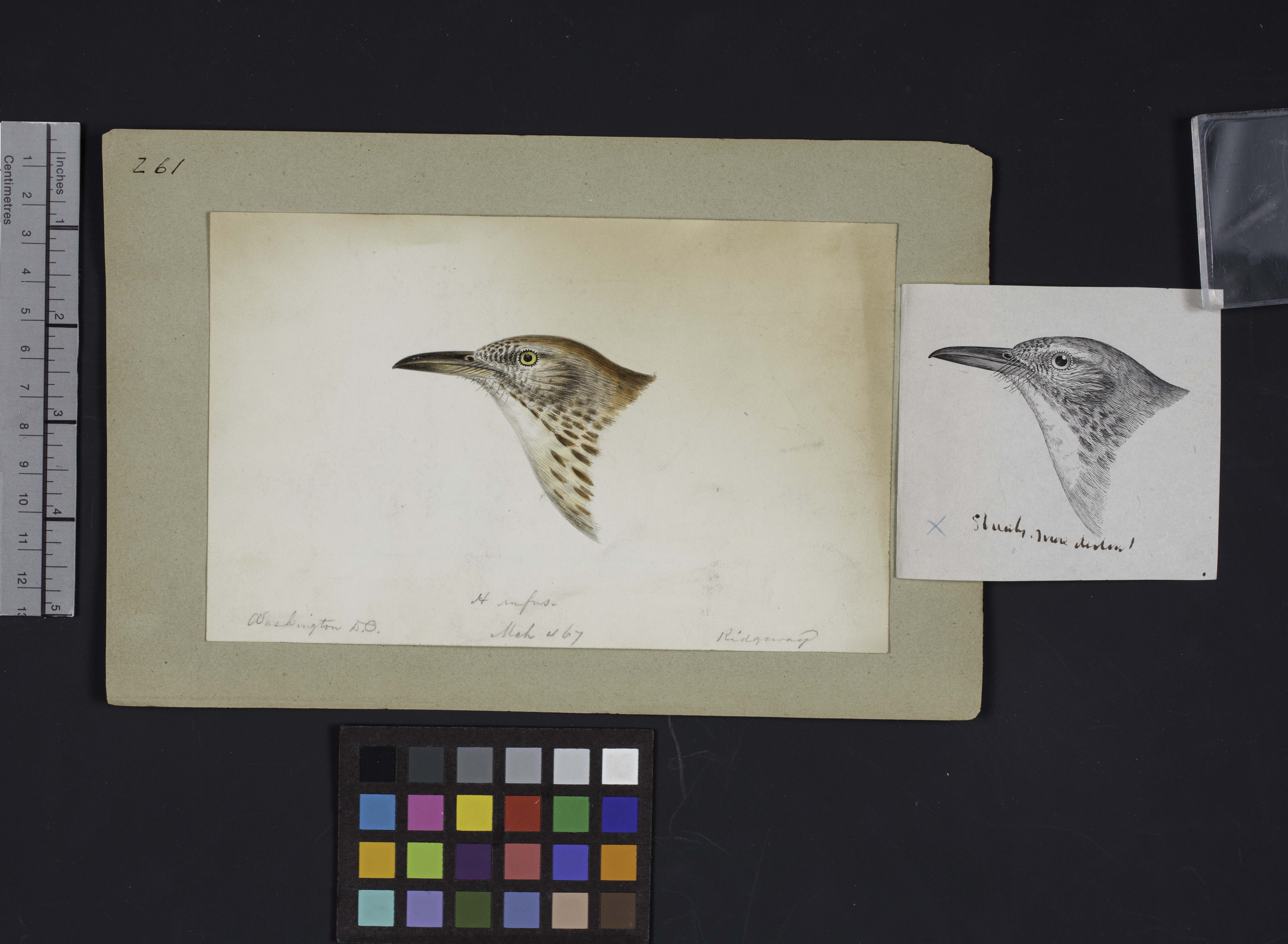


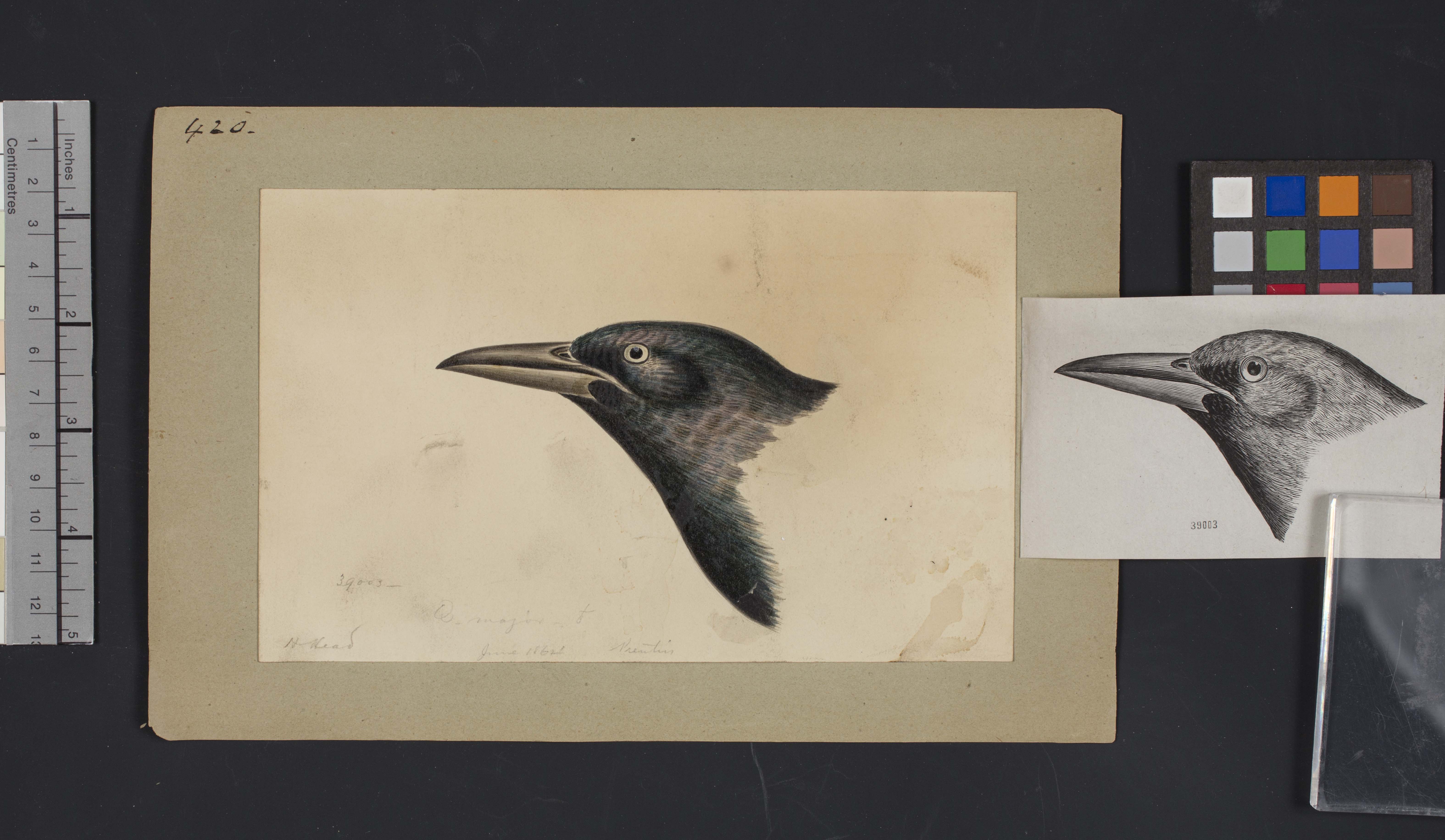

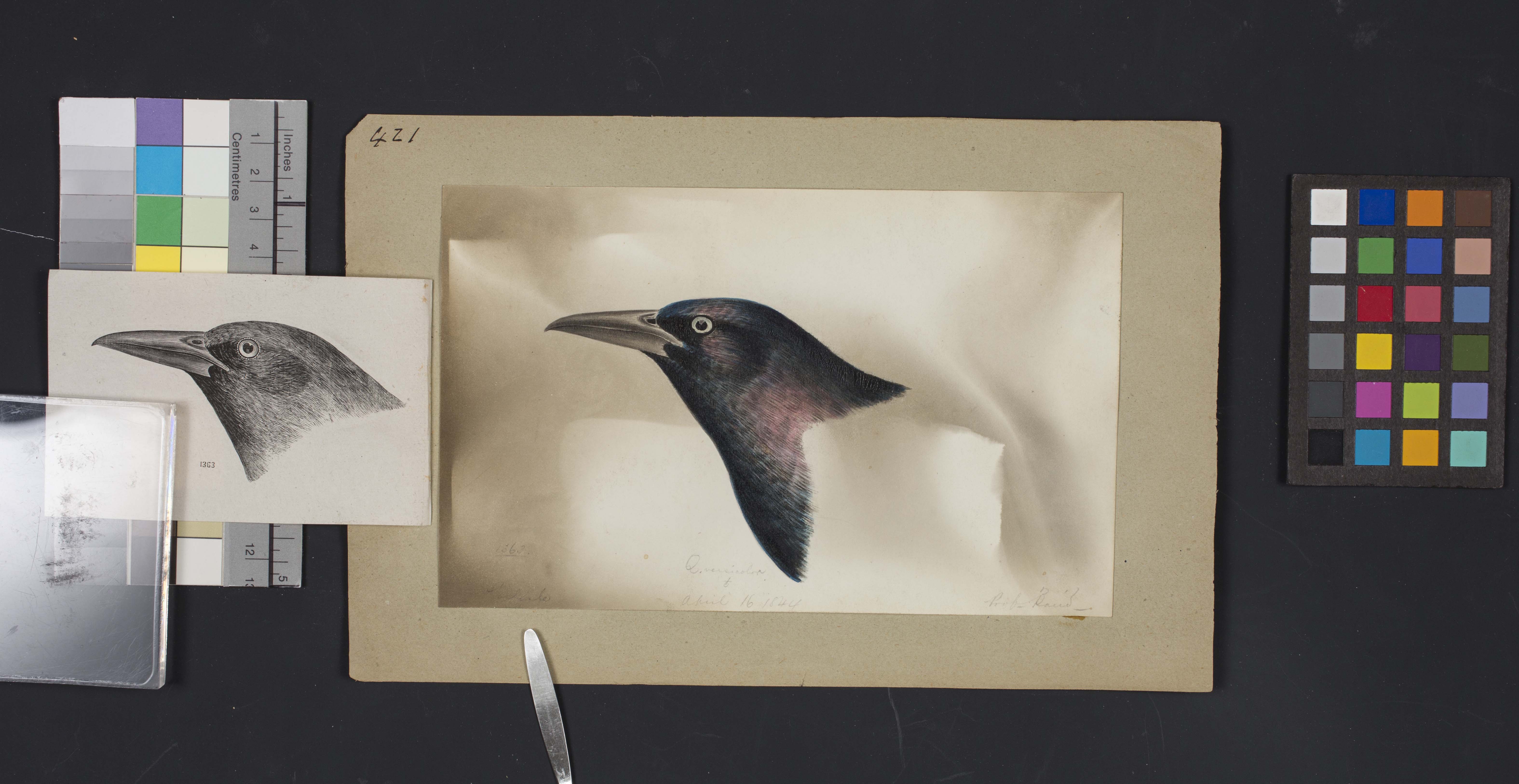
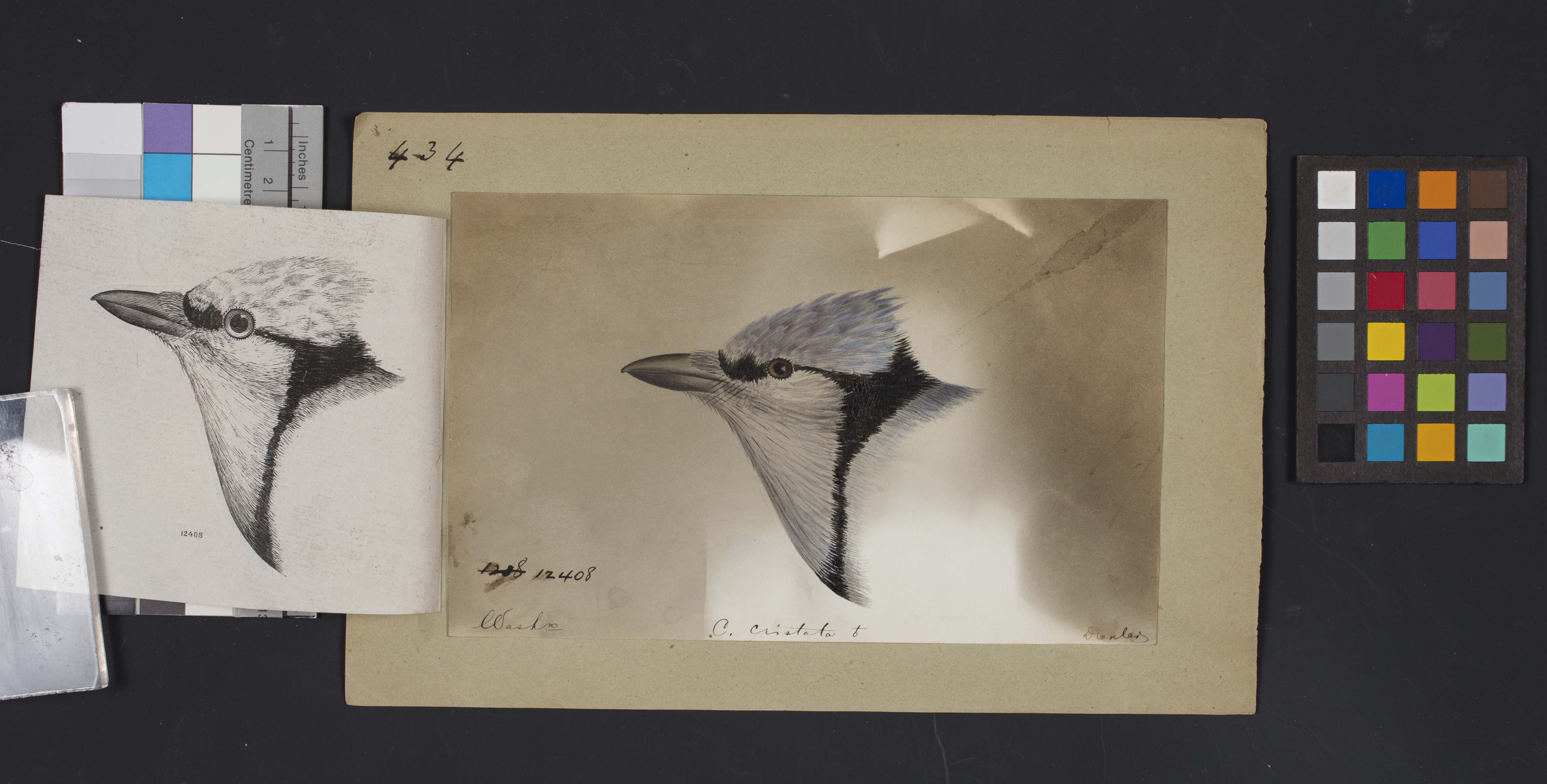

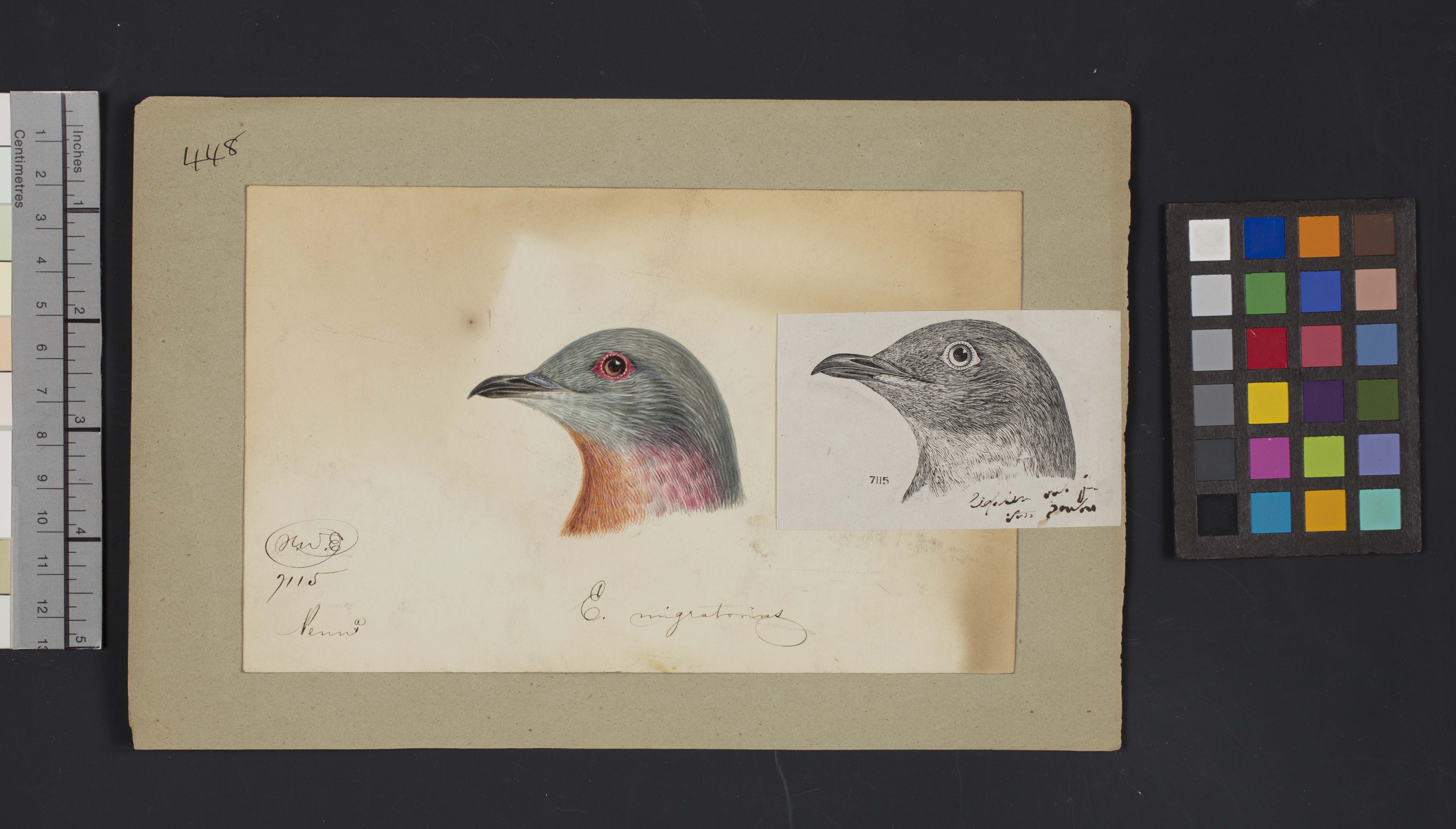
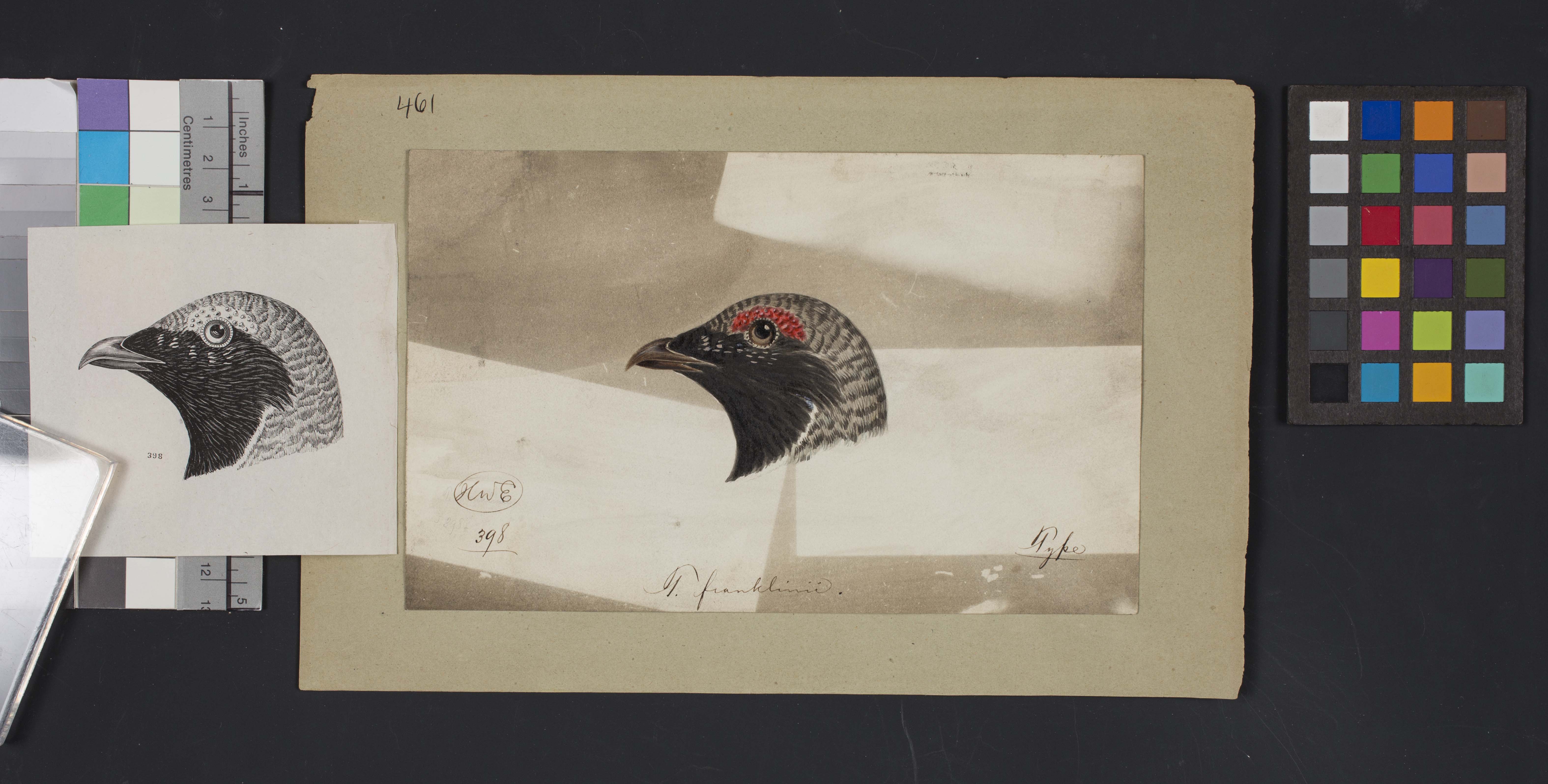
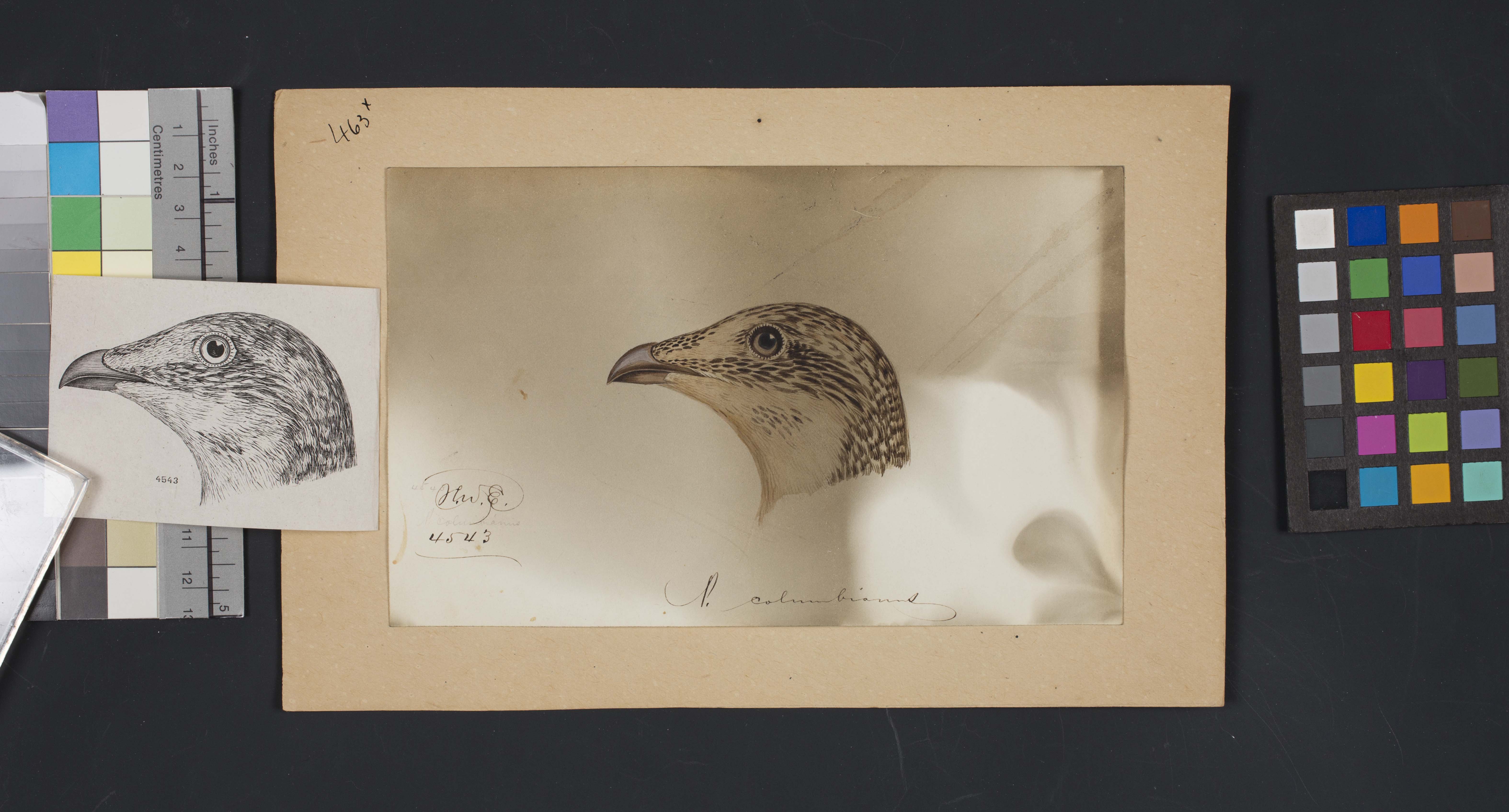
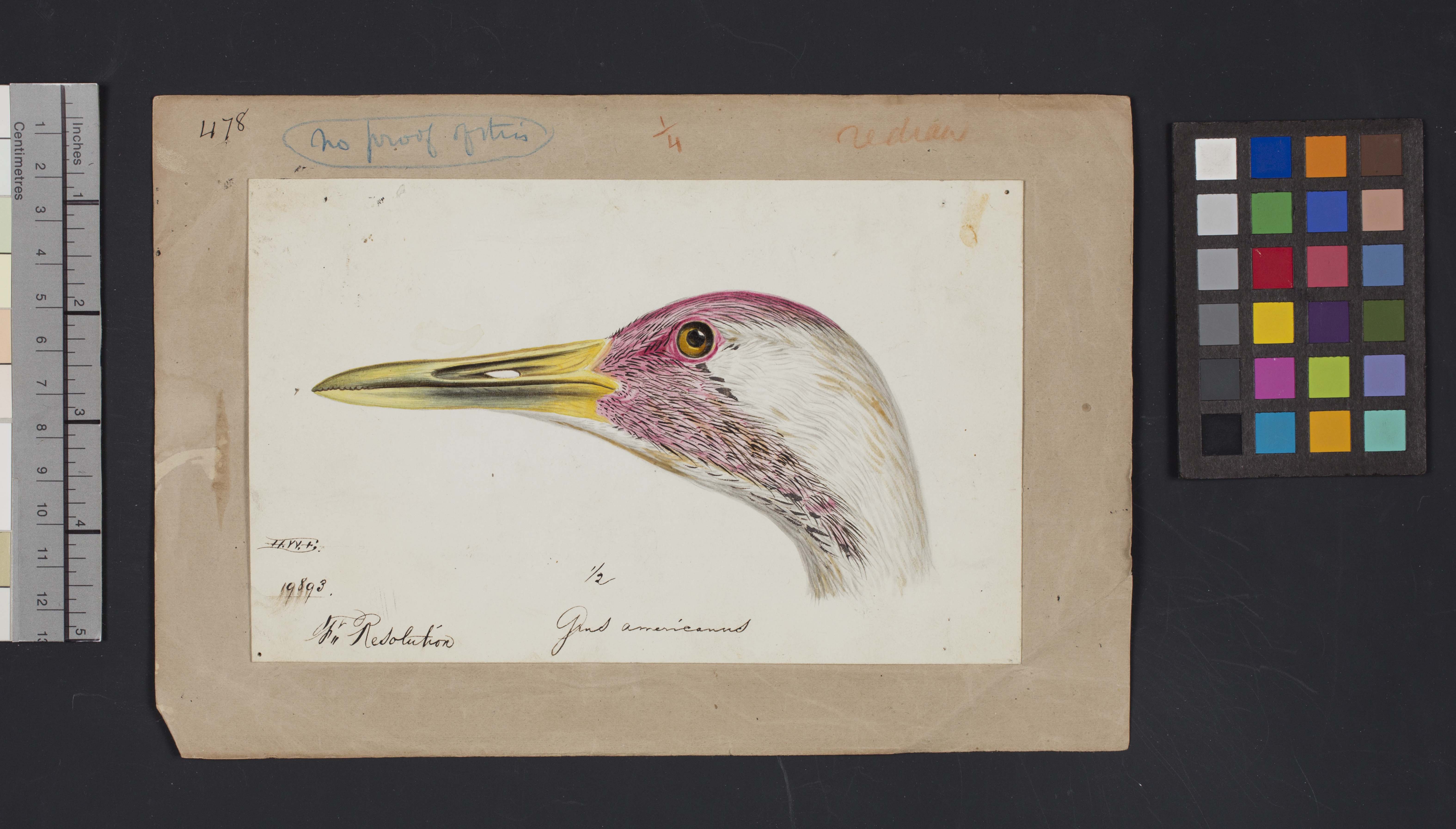

Leave a Comment